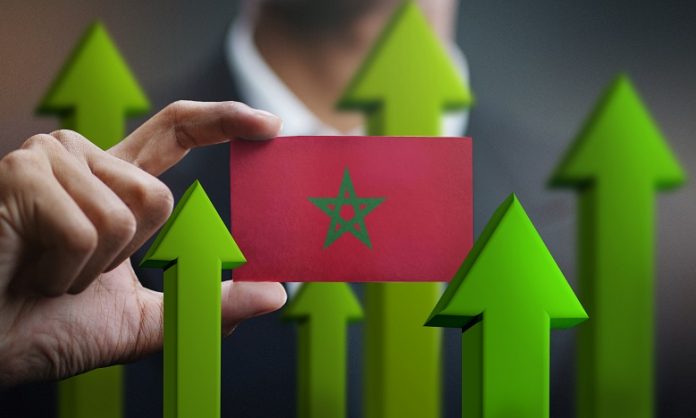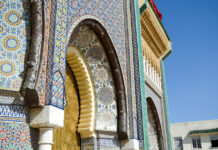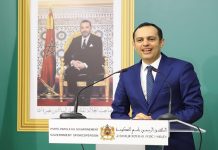Morocco’s economy started 2025 on a strong note, posting solid growth of 4.8% in the first quarter, driven by a rebound in agriculture and steady performance across industry and services. According to the latest data from the High Commission for Planning, the country’s economic momentum carried into the second quarter, though at a slightly slower pace, with growth estimated at 4.6%. Despite global uncertainties weighing on external demand, Morocco’s outlook remains positive for the months ahead.
The main engine behind this growth has been robust domestic consumption, fueled by improvements in the labor market and rising household incomes. Consumer spending surged by 4.4% in the first quarter, while public spending also grew, climbing 5.2%. Investment activity showed a sharp recovery, leaping by 17.5% thanks to the restart of major infrastructure projects and renewed energy in sectors like water management and construction.
While domestic demand gave the economy much of its lift, external trade posed more of a challenge. Exports, which had risen by nearly 10% in the previous quarter, slowed significantly to just 2.2% growth, largely due to weaker demand from European markets. At the same time, imports continued to rise, reflecting Morocco’s strong consumption and increased investment needs.
On the fiscal front, government revenues saw a substantial increase of 21.6%, while spending remained high. Although the overall financing needs of the government remained stable, financing demands from the corporate sector contributed to a broader increase in overall funding requirements.
In the second quarter, the economy drew strength from resilient services and a surge in mining activity, particularly due to high global demand for phosphate. The construction sector also maintained solid growth, expanding by 6.8% as infrastructure projects pushed ahead. Agriculture continued its recovery despite uneven weather conditions affecting some crops. Domestic demand remained the backbone of growth, though public consumption showed signs of easing.
Inflation, which had been a concern in previous years, continued to retreat, reaching just 0.8% in the second quarter. The drop was helped by stable food prices and falling energy costs. Core inflation fell below 2% for the first time since 2021, signaling a return to price stability.
Morocco’s financial markets benefited from this favorable environment. The money supply expanded by 7.6%, while bank lending to the economy increased by 7.5%, driven by a rise in equipment loans. The central bank, Bank Al-Maghrib, kept its key interest rate unchanged at 2.25%, helping to maintain monetary stability. On the stock market, investor confidence soared, with the MASI index surging over 37%—one of the strongest performances in years.
Looking ahead to the third quarter, Morocco’s economy is expected to maintain growth at around 4.4%, though slightly below the earlier pace. Domestic demand should remain healthy, but export performance could be hampered by ongoing global economic uncertainty. Inflation is projected to settle near 1.1%, assuming favorable trends in energy and food prices continue.
However, risks to the short-term outlook persist, particularly with the fragile state of the global economy, rising trade tensions, and the slowdown in Europe. Even so, Morocco could find some protection through stronger agri-food industries and potential relief from falling oil prices, which might help cushion the impact of external headwinds.





